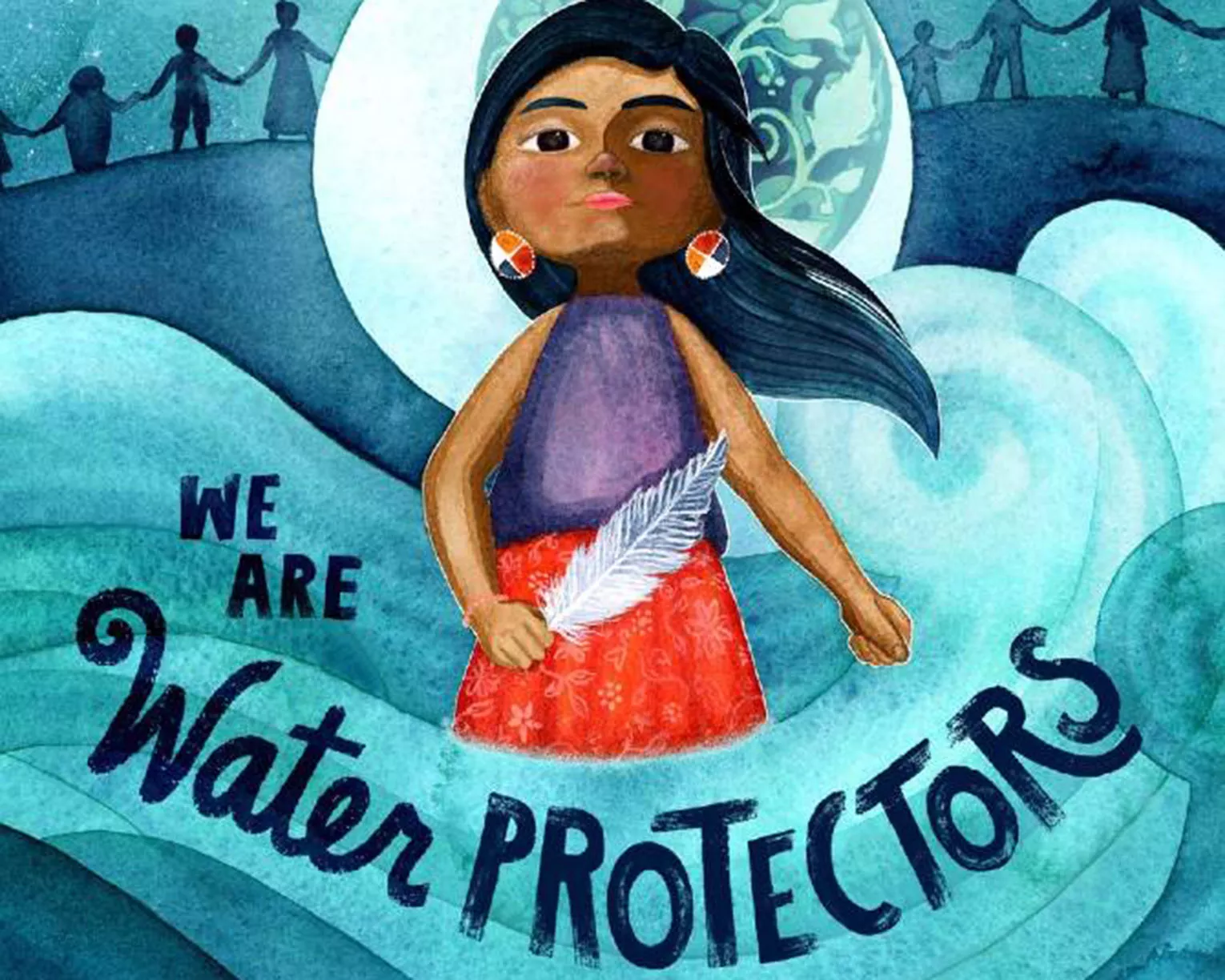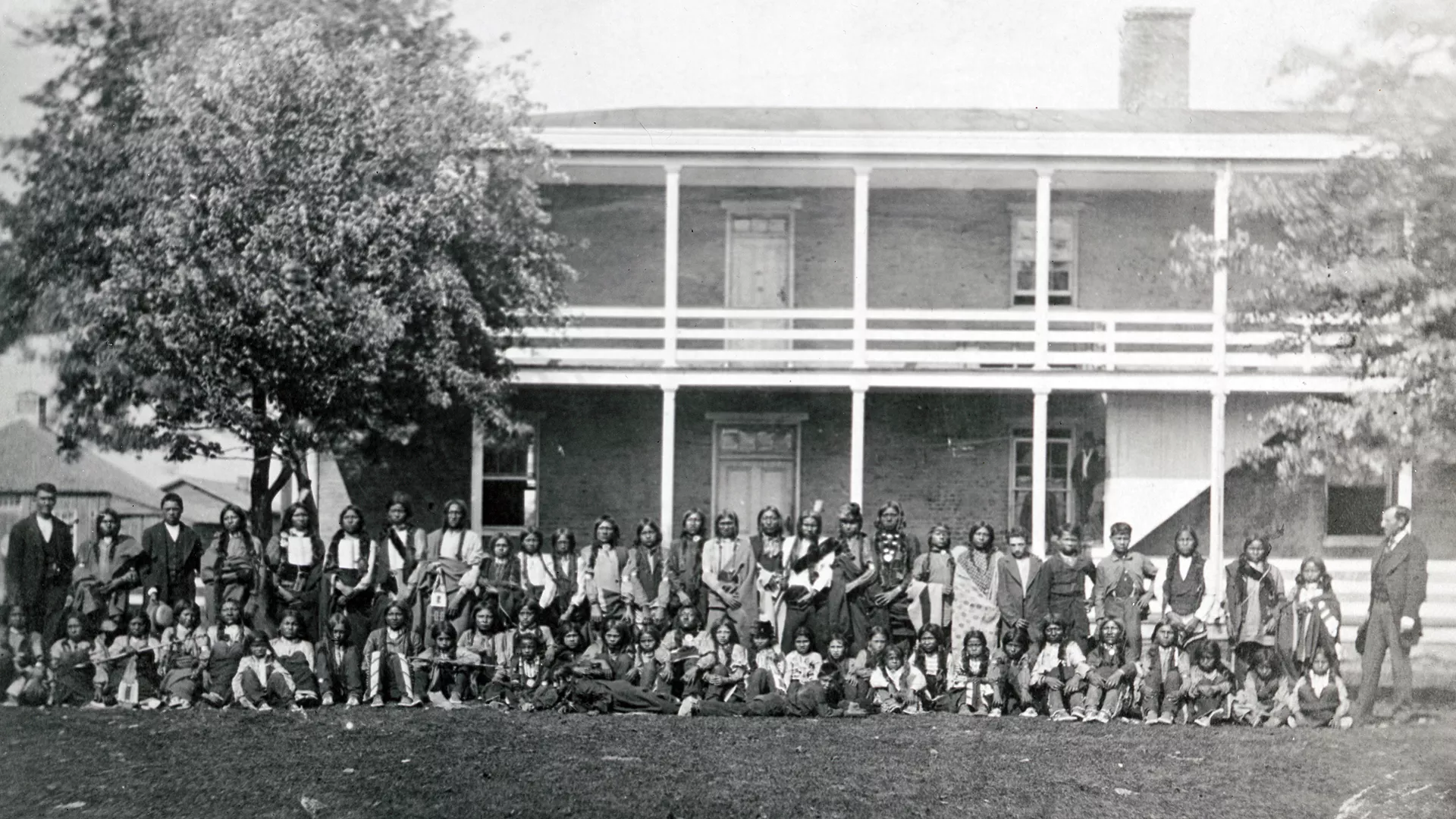Prior to 1775, various European nations made efforts to colonize North American populations and their land. Interactions between Native People and the invading colonizers were punctuated by stages of cooperation, indignation, revolt, and bloodshed. The result of these interactions decimated Native populations through warfare, disease, and genocidal policies. After the United States formed, the racial and cultural underpinnings that dictated policy toward Native People from 1775 to the early 1900s changed little compared to the Colonial Period.
As the United States expanded westward, Native populations were forced from their lands. In the late 1800s, U.S. policy shifted from physical warfare to cultural warfare. For example, Indian boarding schools spread throughout the United States designed to “kill the Indian, and save the man.” Throughout the 20th century, Native-led activism brought attention to generations of injustices caused by the United States. As a result, the United States began to recognize and address its mistreatment of Native People by enacting self-determination policies. Despite these efforts, generations of physical and cultural warfare have contributed to contemporary economic inequities.
Within an economics or financial literacy class, the following historical examples provide context to help students understand economic issues that Native populations face today:
Notable Events
Indian Removal Act
Homestead Act
Indian Appropriations Act
First Indian Boarding School Opened in Carlisle, PA
Dawes Act
McKinley Tariff
Wheeler-Howard Indian Reorganization Act
Indian Relocation Act
Indian Civil Rights Act
Indian Education Act
Trail of Broken Treaties
Indian Self-Determination and Education Assistance Act
Are you an affiliate?


